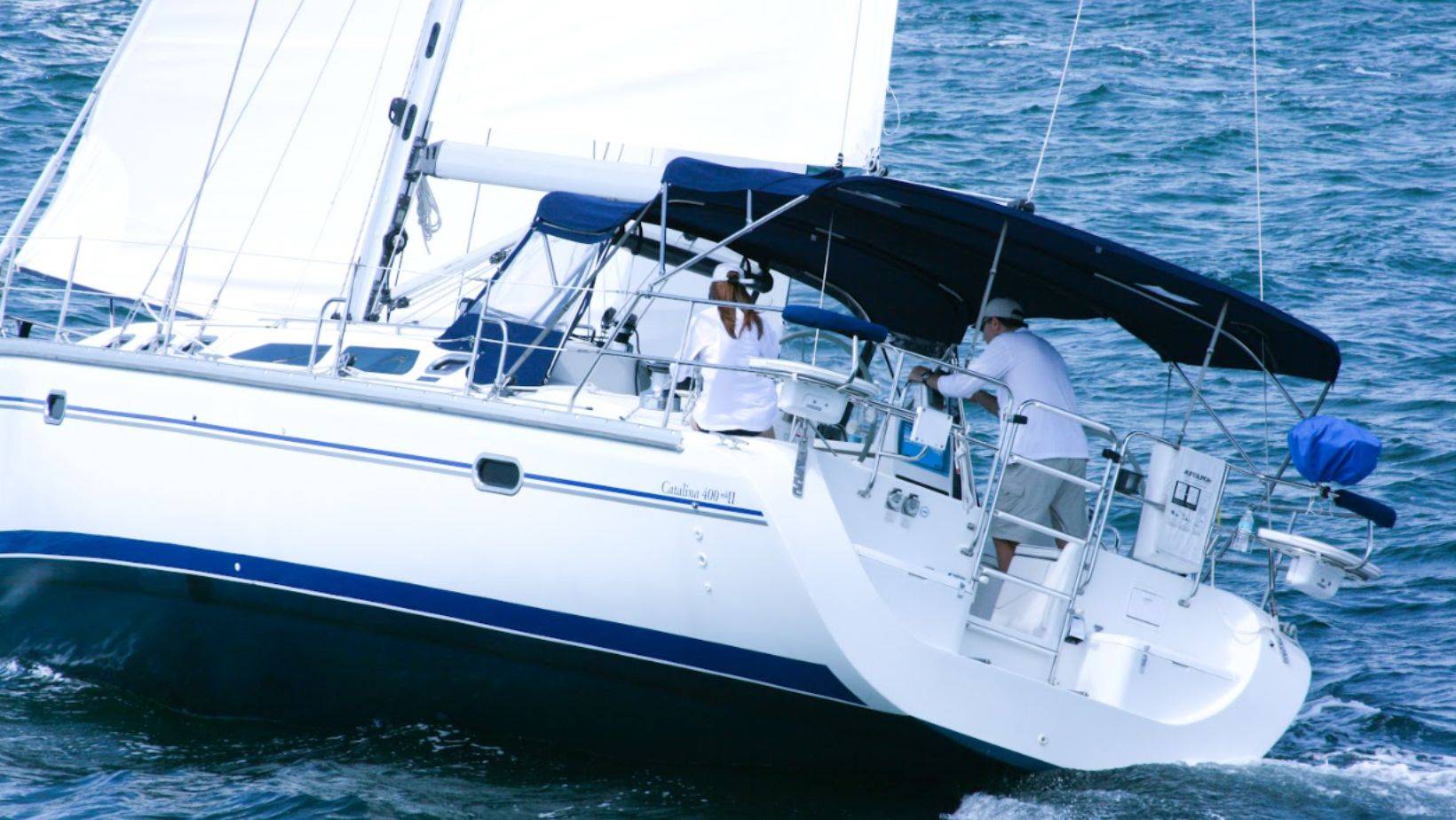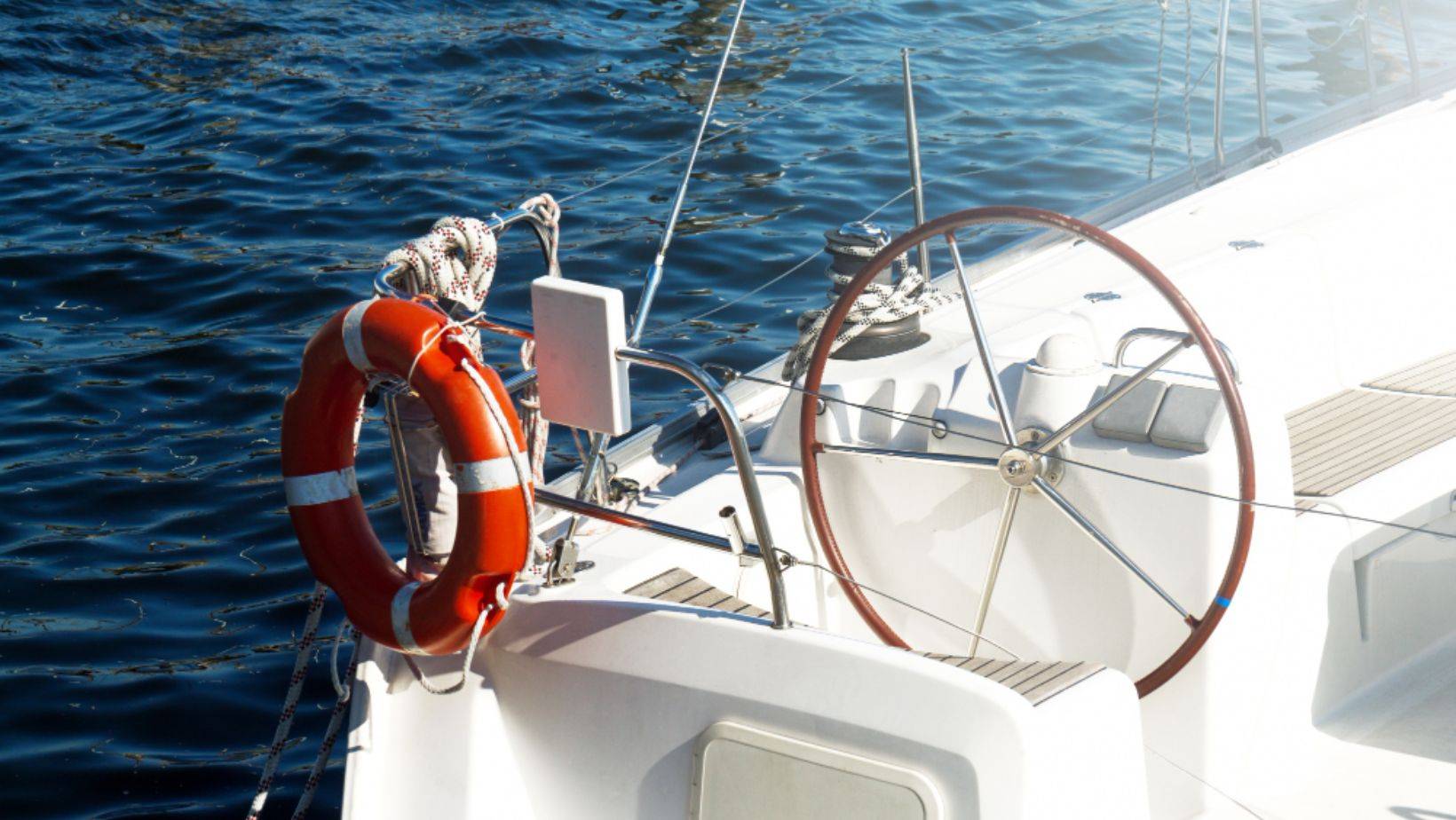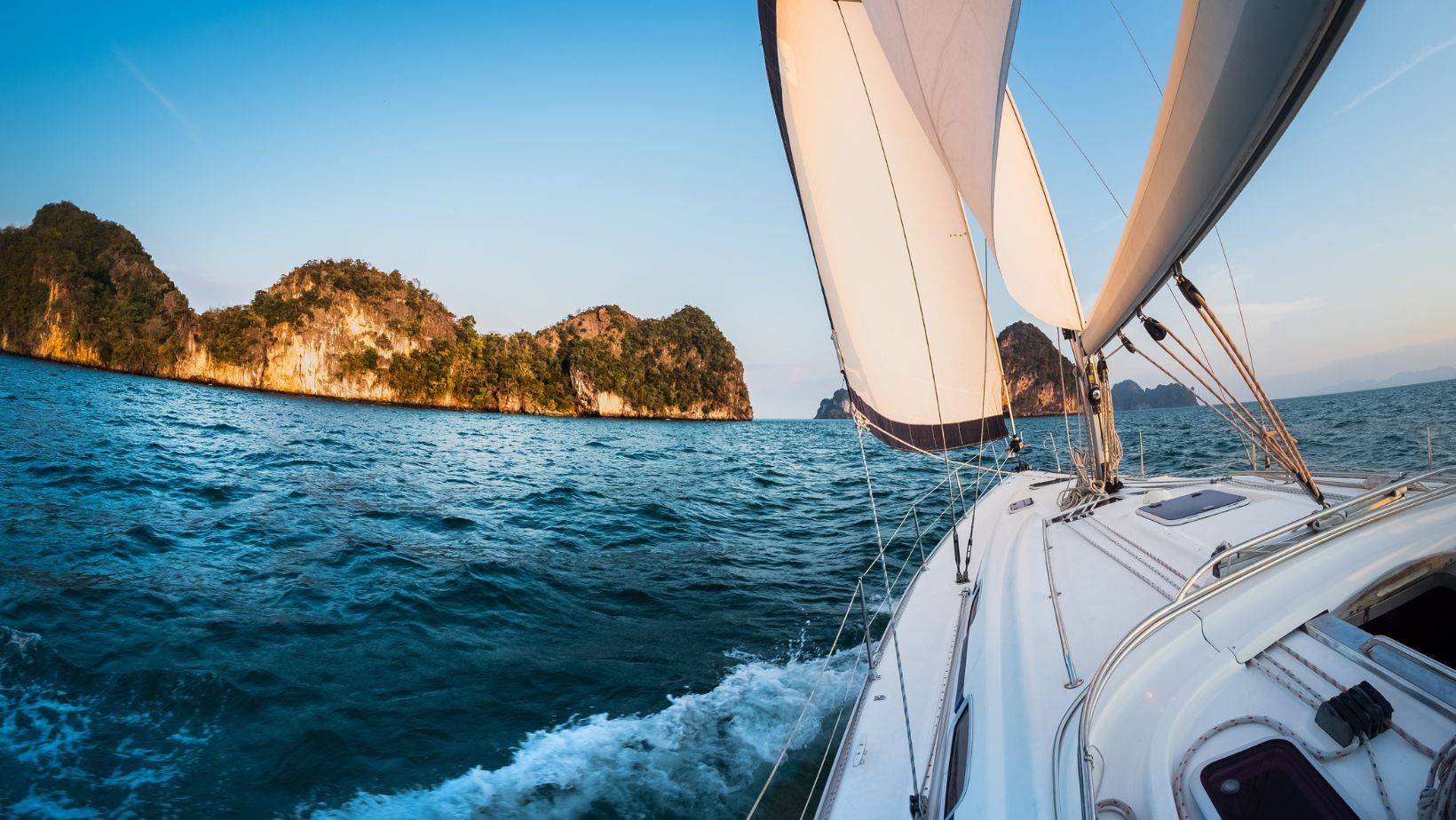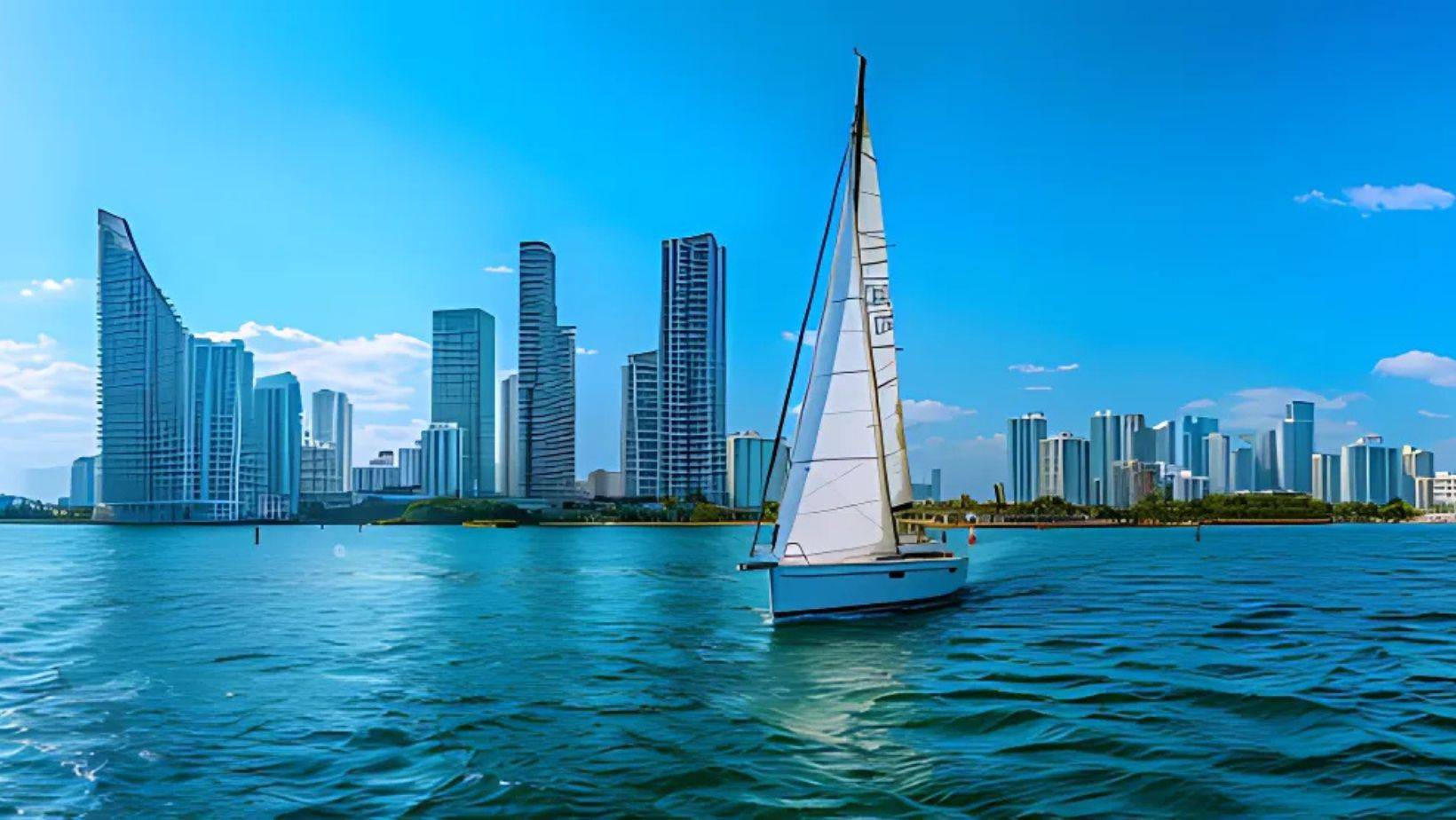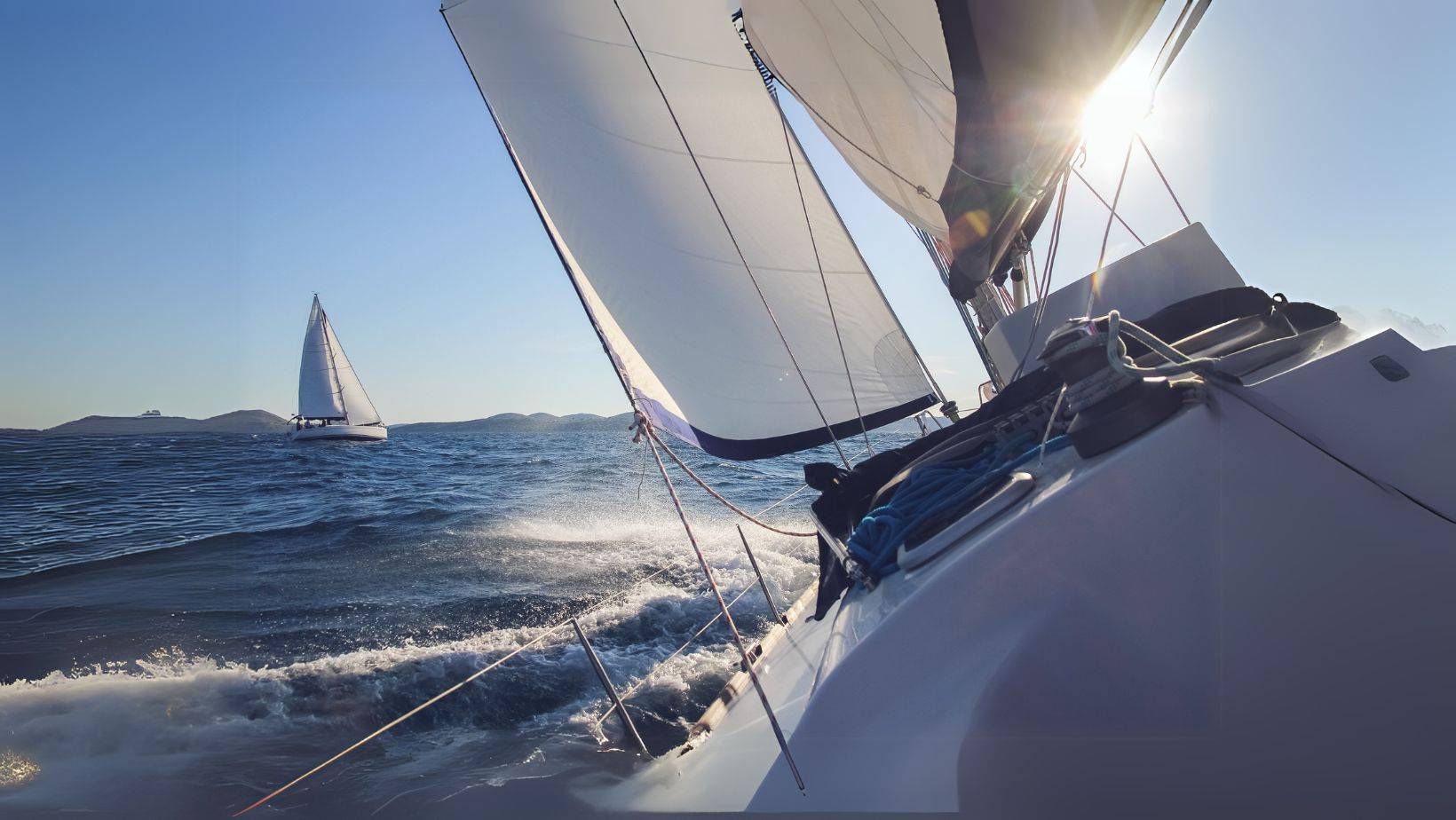Sailing offers freedom, adventure, and connection to nature — but when storm season approaches, preparation becomes the sailor’s best defense. In Miami and across the Atlantic, sailing storm safety isn’t just about avoiding bad weather; it’s about understanding how to respond if conditions change quickly. Whether you’re a beginner learning the ropes or an experienced sailor seeking a refresher, storm sailing tips and sailing emergency preparedness can make all the difference between confidence and chaos.
At Miami Sailing School ™, we train sailors to handle every challenge the sea can offer — and storm preparedness is one of the most vital skills of all.

Understanding Storm Season in Miami
When Is Storm Season?
In South Florida and the Caribbean, the Atlantic hurricane season runs from June 1 to November 30, with the most active months typically between August and October. During this time, tropical depressions can develop rapidly into storms, often affecting coastal sailing routes.
For sailors in Miami, this means vigilance is essential. Weather can turn unexpectedly, and a calm morning can quickly escalate into a dangerous squall by afternoon. Knowing what to expect and preparing your vessel before you leave the dock is the foundation of sailing storm safety.
Preparing Your Vessel for Storm Season
1. Inspect and Reinforce Your Boat
Before the season begins, perform a comprehensive safety inspection. Check rigging, sails, and lines for wear. Inspect the hull for cracks or weaknesses. Make sure all hatches, ports, and seals are watertight.
If you store your vessel in Miami or South Florida, ensure it’s secured with proper mooring lines and chafe protection. Many marinas offer hurricane storage plans — an excellent option for local sailors during peak storm months.
2. Secure Essential Equipment
Every sailor should maintain a storm readiness kit onboard, including:
- Life jackets and harnesses for all passengers
- Manual and electric bilge pumps
- Emergency beacons (EPIRB or PLB)
- Waterproof flashlight and batteries
- Handheld VHF radio
- Flares and signaling devices
- First aid kit and spare water
Keep all these items in accessible, waterproof containers. During an emergency, seconds matter — and preparedness saves lives
3. Maintain Communication Tools
When discussing sailing emergency preparedness, communication ranks at the top. Ensure your VHF radio functions on Channel 16, and your GPS and navigation systems are updated. Apps like NOAA Weather Radar Live or Windy can help track approaching systems, but always verify with official NOAA forecasts before heading out.
Storm Sailing Tips for Staying Safe on the Water
1. Monitor Weather Before and During Your Trip
Check marine forecasts at least twice: once before departure and again just before setting sail. Use multiple reliable sources, such as the National Hurricane Center, NOAA, and local Miami marine weather stations.
If a tropical disturbance is nearby — even hundreds of miles away — consider postponing your voyage. A delayed sail is always better than a dangerous one.
2. Reduce Sail Area Early
When clouds begin to darken and wind increases, reef your sails early. It’s far safer to reduce sail area before conditions worsen. Many sailors wait too long, which can lead to loss of control. Storm sailing requires anticipation, not reaction.
3. Keep the Bow Into the Waves
If caught in rough seas, steer into the waves at a 30-45° angle. This reduces the risk of broaching and maintains stability. Avoid letting waves hit the boat broadside — this is one of the most common causes of capsizing in storm conditions.
4. Balance Weight and Speed
In heavy weather, distribute crew weight evenly and slow down. A steady, controlled pace helps maintain steering and reduces strain on rigging. Remember, sailing storm safety is not about speed — it’s about survival and seamanship.
Developing a Sailing Emergency Preparedness Plan
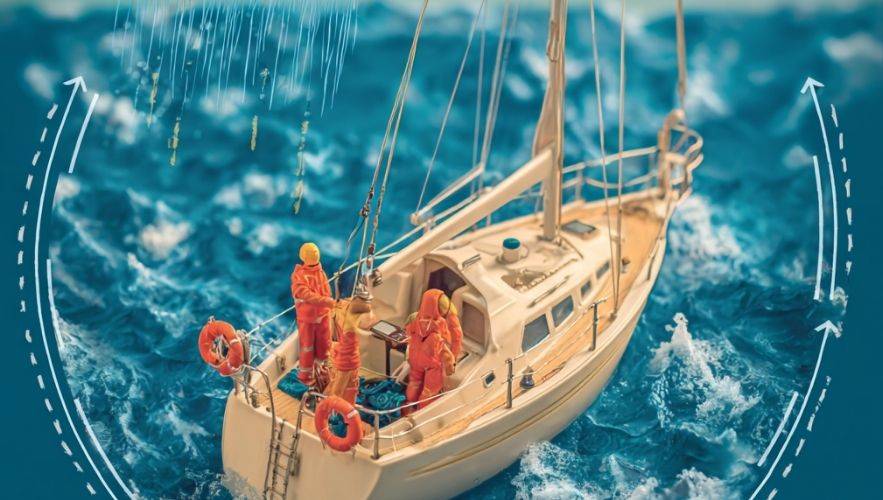
1. Create and Practice a Storm Plan
Before the season begins, every crew should have a documented emergency plan. This should include:
- Roles and responsibilities of each crew member
- Locations of safety equipment
- Emergency communication protocols
- Abandon-ship and man-overboard procedures
At Miami Sailing School ™, we simulate these scenarios during our Safety and Seamanship courses, helping sailors practice responses until they become second nature.
2. File a Float Plan
Before every trip, file a float plan with someone onshore — family, a marina operator, or a sailing instructor. Include your departure and return times, route, and emergency contacts. If something goes wrong, rescuers will know where to start looking.
3. Know When to Head for Shelter
Recognizing when to return to port or seek shelter is a sign of good seamanship. As winds exceed 30 knots or lightning activity increases, make your way to the nearest safe harbor. Miami offers numerous protected marinas, including Dinner Key Marina, Crandon Park Marina, and Miami Beach Marina, all designed to accommodate vessels during adverse weather.
Emergency Response During a Storm
Stay Calm and Focused
Panic leads to mistakes. In an emergency, take deep breaths and follow your checklist. Communicate clearly with crew members.
Prioritize Safety Over Equipment
If you must cut a line, drop a sail, or even abandon your vessel, remember that your life is more valuable than your gear. Activate distress signals, use your VHF to call for help, and prepare life rafts or flotation devices.
After the Storm Passes
Once safe, inspect your vessel for damage before resuming sailing. Check bilge levels, engine performance, and communication systems. Report any major issues to the Coast Guard or your marina.
Learning Storm Safety with Miami Sailing School ™
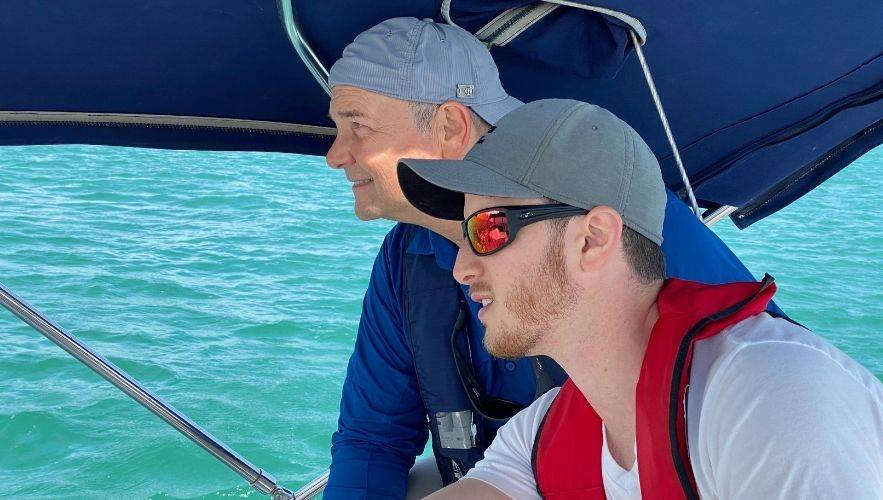
The best way to master sailing storm safety is through hands-on training. At Miami Sailing School ™, our certified instructors teach storm sailing tips, emergency preparedness, and real-world seamanship for South Florida conditions. Students learn how to interpret weather patterns, operate in high winds, and respond effectively to emergencies — gaining confidence that only experience can build.
Our Storm Safety and Emergency Preparedness Program includes:
- Realistic weather response simulations
- Equipment checks and maintenance guidance
- Communication and rescue procedure drills
- Hurricane preparedness for Miami marinas
Whether you’re pursuing your first certification or enhancing advanced sailing skills, understanding storm readiness is essential for safe and enjoyable voyages year-round.
Final Thoughts
Storm season may seem intimidating, but with the right preparation, every sailor can navigate it safely. Knowledge, planning, and practice transform uncertainty into confidence. By following these storm sailing tips and building your sailing emergency preparedness, you’ll be ready to face challenging conditions with calm and control.
At Miami Sailing School ™, we believe every sailor should not only enjoy the beauty of the ocean but also respect its power. Equip yourself with training, awareness, and confidence — and you’ll sail through any season with skill and safety.
Additional Resources
🌊 FAQs: Sailing Storm Safety & Preparedness
The safest approach is to avoid sailing during active storms and closely monitor weather forecasts. If you must sail, plan short trips near sheltered marinas, check equipment, and always have a storm plan ready.
Reduce sail area immediately, keep your bow into the waves, ensure all crew wear life jackets, and maintain communication with the Coast Guard or marina. Stay calm and follow your storm checklist.
Inspect your vessel thoroughly, secure mooring lines, store loose gear, and have a hurricane plan for storage or evacuation. Many Miami marinas offer hurricane tie-down services.
Yes! Miami Sailing School ™ offers specialized storm safety and emergency preparedness courses, teaching students how to manage real-life situations, from squalls to tropical systems.


